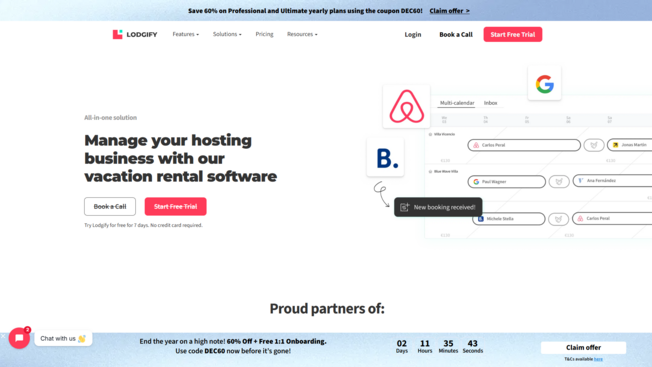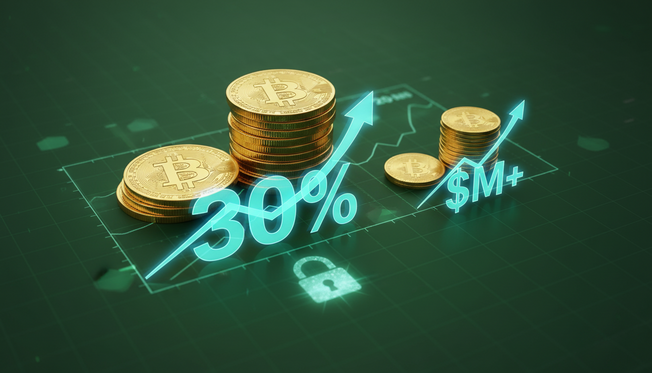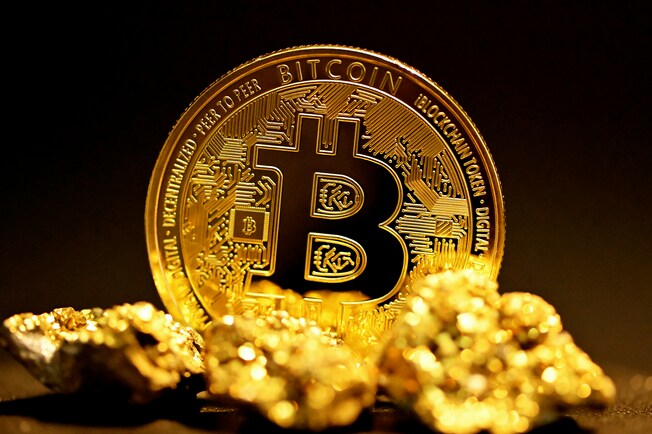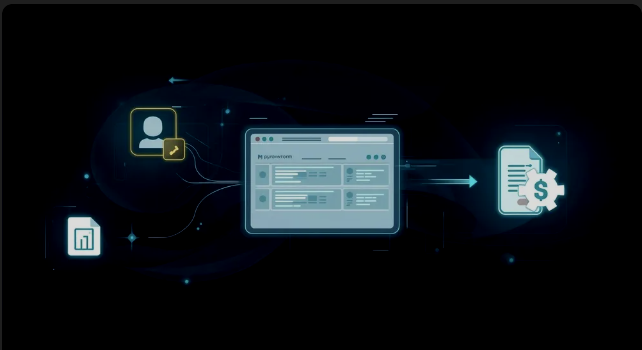
Warren Buffett is one of the most idolized, revered, and imitated investors in the world. Buffett has a net worth of $89.3 billion, making him the fourth richest person in the world. Warren Buffett is also known as the investment guru who still rides the same gold Cadillac to work every day, eats the same meal and takes every opportunity to offer his wisdom to others.
The Oracle of Omaha, the Maestro of Wall Street and the Chairman and Founder of Berkshire Hathaway, Warren Buffett is a gentleman of ideas with a splendid personality and a source of inspiration for entrepreneurs and venture capitalist everywhere.
Warren Buffett is the patron saint of investing for almost everyone who has tried stock selection. Many revere him because he did something truly exceptional: he became one of the richest men in life, not by innovative technology or inheriting billions, but by regularly winning the stock market for more of half a century. Warren Buffett's immense fortune is linked to the largest conglomerate in the world: Berkshire Hathaway. But Buffett's beginnings are much more humble.
Warren Edward Buffett was born in Omaha on August 30, 1930, just at the beginning of the Great Depression. The stock market had collapsed six months earlier and Nebraska had been particularly hit. The state's economy was dependent on agriculture, and falling crop prices left many communities devastated. Buffett himself was fortunate to be born into the family of the local stockbroker, Howard Buffett. Warren's father was a smart businessman. In fact, once the economy began to recover, Howard's career took off, so much that in 1942 he ran for Congress as a Republican and won the election, despite the immense popularity of the FDR and Democrats at the time. In the midst of his political rise, Howard moved the Buffett family to Washington, DC, where Warren naturally felt very lonely.
He spent his days doing math both at home and at school and reading investment books in his father's study. It was these early years that instilled in Warren the ambition to get rich, and in fact, he would tell his friends at school that if he was not a millionaire when he was thirty, he would jump out of the tallest building he could find. To that end, Warren started playing the stock market before finishing high school, buying just a couple of shares here and there to see how it goes. But Warren's aspirations were not limited to the stock market; one of the books he read inspired him to try almost every business activity he could think of.
He would buy six-packs of Coca Cola and sell them to his colleagues for an additional fee. His first real job came in 1944 when he started delivering the Washington Post to his neighborhood. That year, Warren Buffett, 14, filed his first tax return, with a deduction of $ 45 for his bike and his watch. With the money he earned from delivering newspapers, he would buy pinball machines, which he would then place in local stores. But in 1948, Howard Buffett lost his re-election campaign and the family was forced to return to Omaha. Warren sold his pinball business in Washington DC for just over a thousand dollars, and back in Nebraska, he used the money to buy a 40-acre farm, which he then rented. Warren used farm rent to pay for the University of Nebraska, where he obtained a business administration degree.
He applied to Harvard Business School at the age of 19 but was rejected, so he opted for the best option: Columbia Business School. There he met a teacher who would change his life forever. In fact, this man, Benjamin Graham, would go down in history as the father of value investing. The two met in 1949, the same year that Graham published his masterpiece: The Smart Investor. In this book, Graham has presented a step-by-step guide on how to invest successfully and consistently without speculation. Simply, his focus was to find decent companies at unbeatable prices, essentially finding a $ 1 share that traded at 50 cents. Buffett fell in love with this method and quickly became one of Graham's favorite student. In fact, just a few years after graduating, Warren went to work for Graham at his investment firm. There, Warren would master the art of security analysis, learning to see the real value of a business simply by looking at its numbers. But, just two years later, Graham decided to make towers, closed his business, and left Buffett alone.
Now, back then, Buffett had saved $ 175,000 which he used to start a partnership where he could apply the Graham method. He started looking for companies that were basically cigarette butts - they weren't great, but they were still dumped by the market, or in other words, they were always good for one more puff. Here's an example: In 1958, Buffett noticed the Sanborn Map Company, which had a virtual monopoly on producing detailed maps used in the insurance industry. The company had existed for almost a century and, although its performance has been poor over the past decade, Buffett noted something interesting in his books. The company was investing its profits for 20 years in more than 40 different stocks. Buffett did the math, and it turned out that even though the company's shares were trading at around $ 45 per share, only the investment portfolio was worth only $ 65. So, of course, Buffett started buying the Sanborn shares until he held the Most Voting Rights when the investment portfolio was liquidated. Indeed, he spent $ 45 to buy $ 65, and in two years, he made a 45% return with almost no risk. Warren's early investments followed the same philosophy and, unsurprisingly, outperformed the stock market by a factor of four. Thus, in January 1962, at 32, Warren had officially become a millionaire, only two years after having promised to jump from a building.
The same year, Warren found a cigarette that caught his eye: a struggling textile company called Berkshire Hathaway. The New England textile industry had been undecided for decades and Berkshire had closed 9 of its 11 textile factories. The stock itself was trading at around $ 7, but its assets were worth at least $ 11. But here's the problem: the company's CEO at the time was using the money it earned to buy back its own shares.
Therefore, each time Berkshire sold another factory, it would offer to buy the shares of its own investors, essentially winding up the business one factory at a time. Warren bought a large number of shares for $ 7 and was eagerly awaiting the CEO's offer to buy them back. A few years later, the two men gave him a price: $ 11.50 a share, but when the day came, the asking price was only $ 11,375. The CEO had tried to trick Buffett with 13 cents and do him the favor that Warren had bought the whole business and fired him. But now Warren was trapped in a declining business that he had no way of getting rid of. Rather than let Berkshire get lost, Warren started investing in stocks through the company, but that bad experience drastically changed his philosophy. Instead of looking for cigarette butts, which mean mediocre businesses at low prices, he started looking for amazing businesses at fair prices.
His first purchase with this new philosophy was American Express, a company which he still owns to this day. Buffett applied his analytical skills to find the best stocks across the market, but that is only part of the reason for his success. What really allowed him to make astronomical returns was his entry into the insurance sector. It may sound strange, after all, insurance is pretty boring and you don't expect it to double your money every year. But Warren saw the path to maximum wealth in exactly this business, so in 1967 he started buying insurance companies, starting with National Indemnity and culminating with GEICO in 1996. Here's why Buffett fell in love with the companies insurance: mainly as banks. Thousands of people regularly pay their insurance premiums, which gives the insurance company a large cash balance, but people can "withdraw" their deposits only when something serious happens, for example, when their house burns down or break your car.
In other words, Buffett bought companies with a trillion dollars in cash which was technically considered a liability and therefore was not a factor in the purchase price. Suddenly, he had access to immense capital which he judiciously and carefully invested in category A companies. In 1983, the Berkshire portfolio was worth more than a billion dollars and three years later, Buffett himself even was worth $ 1 billion.
His approach to value investing, combined with his influence over the companies he invests in and utilization of their competitive advantages, has seen him generate an average annualized gain of 20.8% per year. A man whose name is synonymous with wealth and investing, a true modern icon of success.

















Leave a Reply